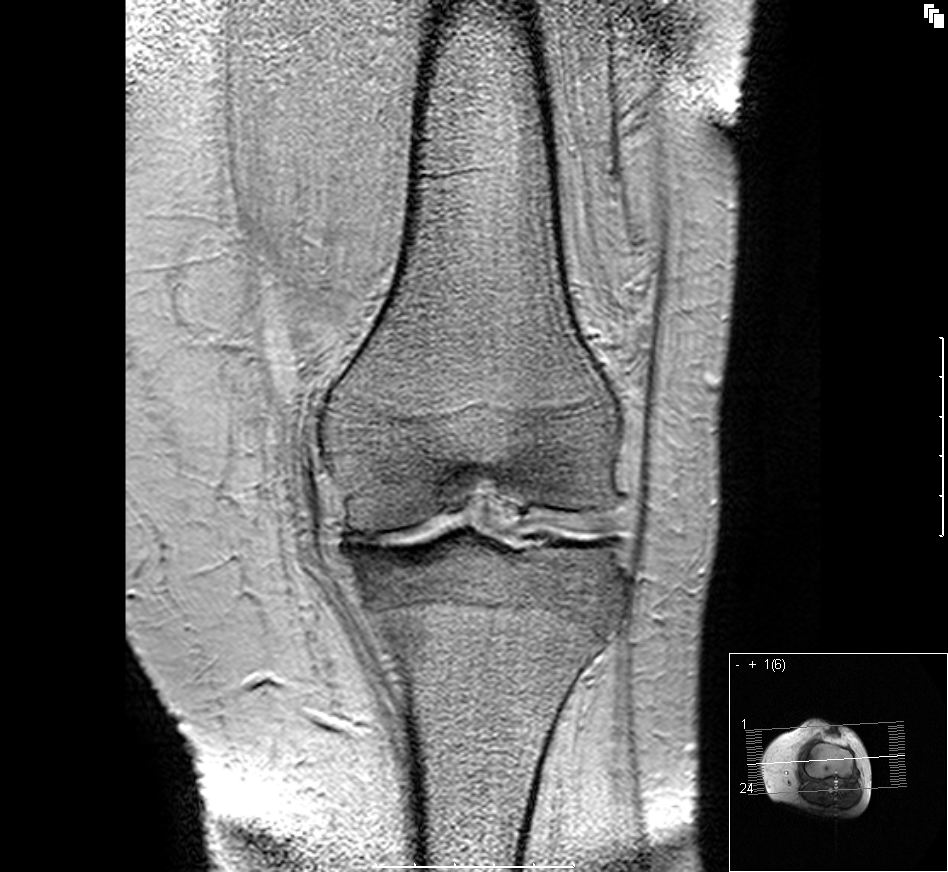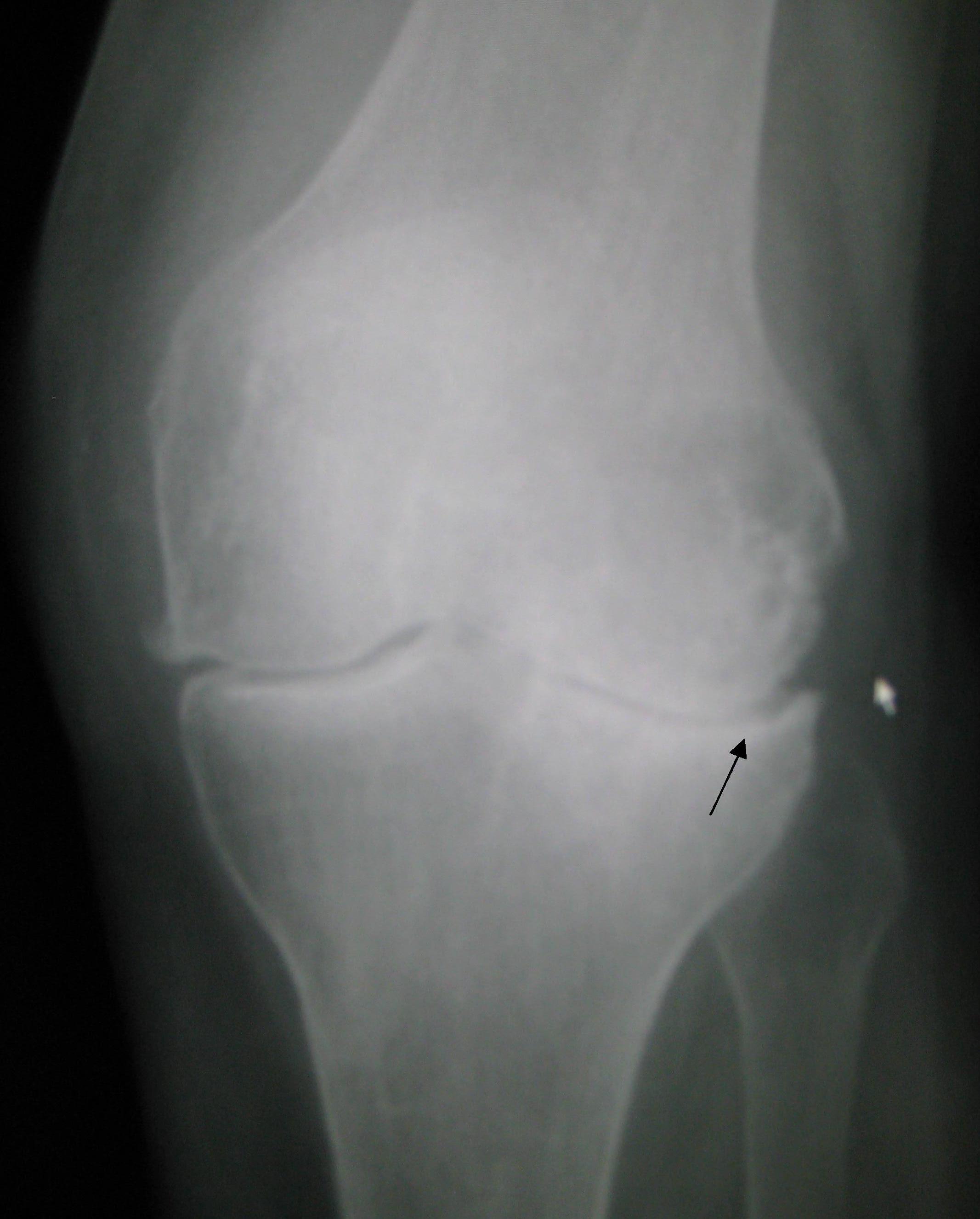Osteoarthritis
Enlarge text Shrink text- Mechanisms of articular cartilage damage and repair in OA ... c1990.
- MESH(Osteoarthritis x Arthritis, Degenerative; Osteoarthrosis)
- Malka orthopaedic arthritis page, July 11, 2002("Osteoarthritis is also known as 'old age' arthritis or 'wear and tear' arthritis.")
Osteoarthritis (OA) is a type of degenerative joint disease that results from breakdown of joint cartilage and underlying bone. It is believed to be the fourth leading cause of disability in the world, affecting 1 in 7 adults in the United States alone. The most common symptoms are joint pain and stiffness. Usually the symptoms progress slowly over years. Other symptoms may include joint swelling, decreased range of motion, and, when the back is affected, weakness or numbness of the arms and legs. The most commonly involved joints are the two near the ends of the fingers and the joint at the base of the thumbs, the knee and hip joints, and the joints of the neck and lower back. The symptoms can interfere with work and normal daily activities. Unlike some other types of arthritis, only the joints, not internal organs, are affected. Possible causes include previous joint injury, abnormal joint or limb development, and inherited factors. Risk is greater in those who are overweight, have legs of different lengths, or have jobs that result in high levels of joint stress. Osteoarthritis is believed to be caused by mechanical stress on the joint and low grade inflammatory processes. It develops as cartilage is lost and the underlying bone becomes affected. As pain may make it difficult to exercise, muscle loss may occur. Diagnosis is typically based on signs and symptoms, with medical imaging and other tests used to support or rule out other problems. In contrast to rheumatoid arthritis, in osteoarthritis the joints do not become hot or red. Treatment includes exercise, decreasing joint stress such as by rest or use of a cane, support groups, and pain medications. Weight loss may help in those who are overweight. Pain medications may include paracetamol (acetaminophen) as well as NSAIDs such as naproxen or ibuprofen. Long-term opioid use is not recommended due to lack of information on benefits as well as risks of addiction and other side effects. Joint replacement surgery may be an option if there is ongoing disability despite other treatments. An artificial joint typically lasts 10 to 15 years. Osteoarthritis is the most common form of arthritis, affecting about 237 million people or 3.3% of the world's population as of 2015. It becomes more common as people age. Among those over 60 years old, about 10% of males and 18% of females are affected. Osteoarthritis is the cause of about 2% of years lived with disability.
Read more on Wikipedia >
 Topic
Topic









